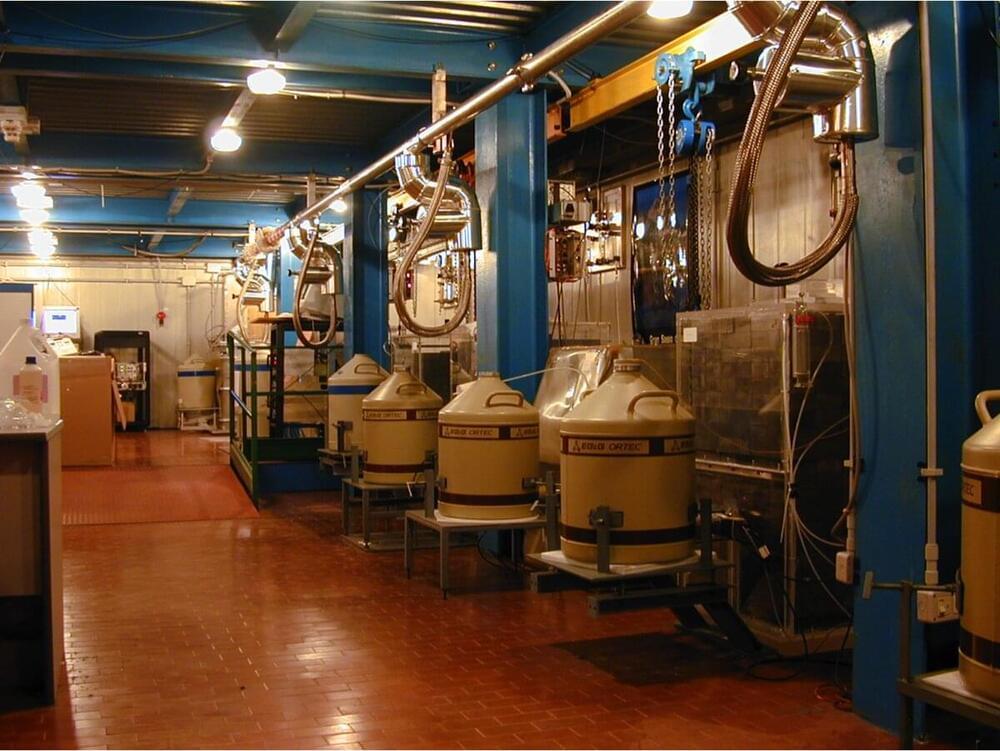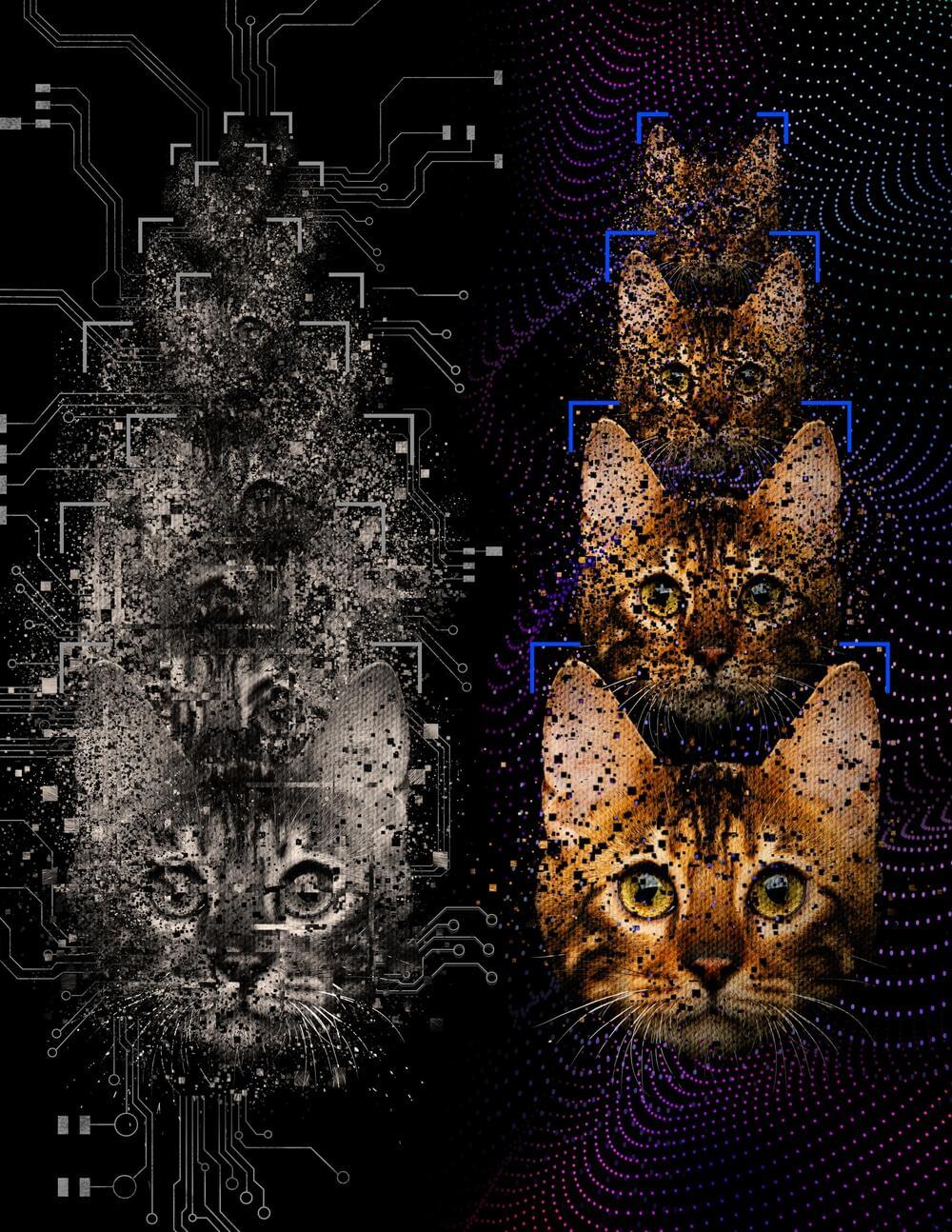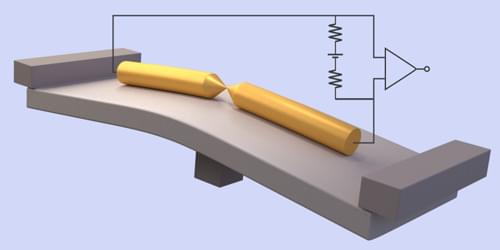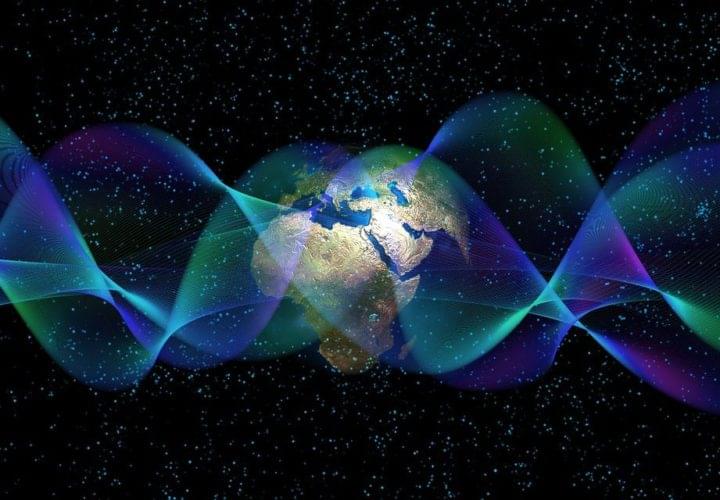Deployment of portable quantum computer systems.
Looks like the United Kingdom wants to create smart tanks, because it’s using a new quantum computer to put more tech in its arsenal.

How the Matrix begins…
The technology I want to talk about today is something out of this world, but also a bit controversial There is a startup in Australia who are actually growing live human neurons and then integrating it into traditional computer chips… mind-blowing stuff!
***
WATCH NEXT:
➞ This AI Technology is a Game Changer: https://youtu.be/i5Hsx_cQY4Q
➞ Million Quibit Silicon Quantum Computer from Intel: https://youtu.be/j9eYQ_ggqJk.
➞ New WoW Processor explained: https://youtu.be/-NeRIrRSFs4
***
MY GEAR (affiliate links):
➞ Camera Sony Alpha 7 III: [https://amzn.to/3dmv2O6](https://amzn.to/3dmv2O6)
➞ Lens Sony 50mm F1.8: [https://amzn.to/3weJoJo](https://amzn.to/3weJoJo)
➞ Mic Sennheiser: [https://amzn.to/3IKW5Ax](https://amzn.to/3IKW5Ax)
***

After previously studying the phenomena of two sound waves in quantum liquids, scientists have now observed sound moving at two different speeds in a quantum gas.
If you were somehow immersed in the three-dimensional gas used for this study, you would hear every sound twice: each individual sound carried by two different sound waves moving at two different speeds.
This is an important development in the field of superfluidity – fluids with no viscosity that can flow without any loss of energy.

The origin of consciousness is one of the greatest mysteries of science. One proposed solution, first suggested by Nobel Laureate and Oxford mathematician Roger Penrose and anesthesiologist Stuart Hammeroff, at Arizona State University, in Tucson, attributes consciousness to quantum computations in the brain. This in turn hinges on the notion that gravity could play a role in how quantum effects disappear, or “collapse.” But a series of experiments in a lab deep under the Gran Sasso mountains, in Italy, has failed to find evidence in support of a gravity-related quantum collapse model, undermining the feasibility of this explanation for consciousness. The result is reported in the journal Physics of Life Reviews.
“How consciousness arises in the brain is a huge puzzle,” says Catalina Curceanu, a member of the physics think tank, the Foundational Questions Institute, FQXi, and the lead physicist on the experiments at INFN in Frascati, Italy. “There are many competing ideas, but very few can be experimentally tested.”
Quantum physics famously tells us that cats can be alive and dead at the same time, at least in theory. Yet in practice we never see felines locked in such an unfortunate limbo state. One popular explanation for why not is because the “wavefunction” of a system–its quantum character allowing it to be in two contradictory states simultaneously–is more likely to “collapse” or be destroyed if it is more massive, leaving it in one defined state, either dead or alive, say, but not both at the same time. This model of collapse, related to gravity acting on heavy objects like cats, was invoked by Penrose and Hammeroff when developing their model of consciousness, ‘Orch OR theory’ (the Orchestrated Objective Reduction theory), in the 1990s.

A team of researchers affiliated with multiple institutions in the U.S., including Google Quantum AI, and a colleague in Australia, has developed a theory suggesting that quantum computers should be exponentially faster on some learning tasks than classical machines. In their paper published in the journal Science, the group describes their theory and results when tested on Google’s Sycamore quantum computer. Vedran Dunjko with Leiden University City has published a Perspective piece in the same journal issue outlining the idea behind combining quantum computing with machine learning to provide a new level of computer-based learning systems.
Machine learning is a system by which computers trained with datasets make informed guesses about new data. And quantum computing involves using sub-atomic particles to represent qubits as a means for conducting applications many times faster than is possible with classical computers. In this new effort, the researchers considered the idea of running machine-learning applications on quantum computers, possibly making them better at learning, and thus more useful.
To find out if the idea might be possible, and more importantly, if the results would be better than those achieved on classical computers, the researchers posed the problem in a novel way—they devised a machine learning task that would learn via experiments repeated many times over. They then developed theories describing how a quantum system could be used to conduct such experiments and to learn from them. They found that they were able to prove that a quantum computer could do it, and that it could do it much better than a classical system. In fact, they found a reduction in the required number of experiments needed to learn a concept to be four orders of magnitude lower than for classical systems. The researchers then built such a system and tested it on Google’s Sycamore quantum computer and confirmed their theory.

Researchers at Duke University and the University of Maryland have used the frequency of measurements on a quantum computer to get a glimpse into the quantum phenomena of phase changes—something analogous to water turning to steam.
By measuring the number of operations that can be implemented on a quantum computing system without triggering the collapse of its quantum state, the researchers gained insight into how other systems—both natural and computational—meet their tipping points between phases. The results also provide guidance for computer scientists working to implement quantum error correction that will eventually enable quantum computers to achieve their full potential.
The results appeared online June 3 in the journal Nature Physics.

View insights.
0 post reach.
Noise in an electronic circuit is a nuisance that can scramble information or reduce a detector’s sensitivity. But noise also offers a way to learn about the microscopic quantum mechanisms at play in a material or device. By measuring a circuit’s “shot noise,” a form of white noise, researchers have previously shed light on conduction in quantum Hall and spintronic systems, for instance. Now, a collaboration led by Oren Tal at the Weizmann Institute of Science, Israel, and by Dvira Segal at the University of Toronto, Canada, has shown that an easier-to-measure form of noise, called “flicker noise,” can also be a powerful probe of quantum effects [1].
Flicker noise is a type of pink noise, whose spectrum is dominated by low frequencies—the kind of noise associated with light rainfall. Flicker noise also appears in electrical circuits, but its connection to microscopic transport channels remains poorly understood. To investigate this connection, the team studied an atomic-scale junction between two wires. They modeled the electrons passing through the junction as coherent quantum-mechanical waves that scatter off fluctuating defects located near the junction. These fluctuations can represent the trapping and releasing of electrons by static defects, the movement of charged impurities between lattice sites, and the fluctuations of atoms and molecules adsorbed on surfaces.
By comparing calculations with experiments on junctions with different parameters, the team showed that flicker noise can be connected to the number of quantum conduction channels and to the contributions of the individual channels to the overall conduction, providing similar information to shot noise. Since flicker-noise measurements are widely used, they could now be applied to shed light on quantum and many-body effects in a broad range of nanoscale electronic devices, the researchers say.

Researchers have cooled indium atoms to a temperature close to 1 mK, making indium the first group-III atom to be made ultracold.
At temperatures near to absolute zero, atoms move slower than a three-toed sloth, allowing physicists to gain unprecedented experimental control over these systems. New phases of matter can form when atoms become ultracold and quirky quantum properties can emerge, yet much of the periodic table remains unexplored in the ultracold regime. Now, Travis Nicholson of the National University of Singapore and colleagues have successfully cooled indium to close to 1 mK [1]. Indium is the first “main group-III” atom—a specific group of transition metals on the periodic table—to be cooled to such a low temperature. The demonstration opens the door to studying systems with properties previously unexplored by ultracold physicists.
For their experiments, Nicholson and colleagues used a magneto-optical trap—a standard tool for trapping and cooling atoms. But because this was the first attempt at making indium atoms ultracold, the team had to make their own version of the apparatus rather than using one designed to cool other atoms. “The systems used for this research are highly customized to specific atoms,” Nicholson says. So every part of the setup from designing the laser systems to picking the screws had to be “hashed out by us.” With their custom setup, the group loaded 500,000,000 indium atoms into the trap using a laser beam and then cooled them.

Imagining our everyday life without lasers is difficult. We use lasers in printers, CD players, pointers, measuring devices, etc. What makes lasers so special is that they use coherent waves of light: all the light inside a laser vibrates completely in sync.
Meanwhile, quantum mechanics tells us that particles like atoms should also be considered waves. As a result, we can build ‘atom lasers’ containing coherent waves of matter. But can we make these matter waves last so they may be used in applications? In research that was published in Nature, a team of Amsterdam physicists shows that the answer to this question is affirmative.

Circa 2021 Evidence of string theory by black holes as fuzzballs.
Abstract: We examine an interesting set of recent proposals describing a ‘wormhole paradigm’ for black holes. These proposals require that in some effective variables, semiclassical low-energy dynamics emerges at the horizon. We prove the ‘effective small corrections theorem’ to show that such an effective horizon behavior is not compatible with the requirement that the black hole radiate like a piece of coal as seen from outside. This theorem thus concretizes the fact that the proposals within the wormhole paradigm require some nonlocality linking the hole and its distant radiation. We try to illustrate various proposals for nonlocality by making simple bit models to encode the nonlocal effects. In each case, we find either nonunitarity of evolution in the black hole interior or a nonlocal Hamiltonian interaction between the hole and infinity; such an interaction is not present for burning coal. We examine recent arguments about the Page curve and observe that the quantity that is argued to follow the Page curve of a normal body is not the entanglement entropy but a different quantity. It has been suggested that this replacement of the quantity to be computed arises from the possibility of topology change in gravity which can generate replica wormholes. We examine the role of topology change in quantum gravity but do not find any source of connections between different replica copies in the path integral for the Rényi entropy. We also contrast the wormhole paradigm with the fuzzball paradigm, where the fuzzball does radiate like a piece of coal. Just as in the case of a piece of coal, the fuzzball does not have low-energy semiclassical dynamics at its surface at energies $E\sim T$ (effective dynamics at energies $E\gg T$ is possible under the conjecture of fuzzball complementarity, but these $E\gg T$ modes have no relevance to the Page curve or the information paradox).
From: Marcel Hughes [view email]